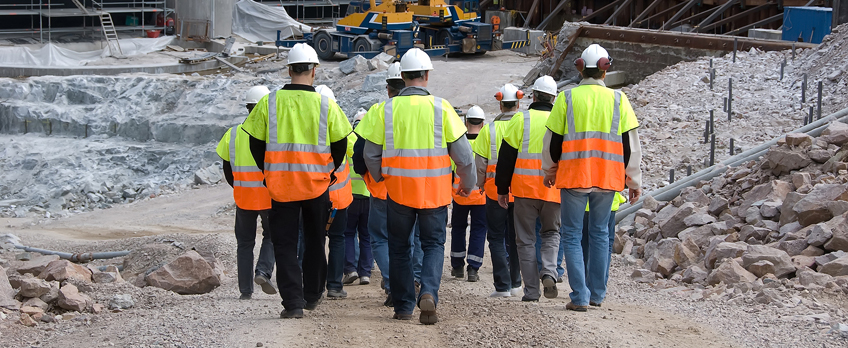 Zero Harm Training, which runs a range of health and safety courses including refresher courses, throughout Essex in Chelmsford, Basildon and Rainham, introduces us to health and safety training in Essex.
Zero Harm Training, which runs a range of health and safety courses including refresher courses, throughout Essex in Chelmsford, Basildon and Rainham, introduces us to health and safety training in Essex.
The construction industry is accountable for many deaths, thousands of serious injuries and work-related illnesses every year. Although Health and Safety Executive regulations have helped improve site safety, it’s essential that supervisors receive on-going training to minimise the risks for all site workers and the general public.
Here’s a look at why health and safety regulations are so important in the workplace and the role of supervisors to ensure ‘reasonably practical’ safety.
Site Health Risks
Safety on construction sites can be difficult to manage as no two sites are ever the same, working conditions vary and different areas present different risks, therefore updated risk assessments and practices are essential. The most common health risks in the construction industry are:
- Exposure to toxic and carcinogenic substances such as asbestos and silica
- Inhalation of dust, chemicals and paint mixtures that can cause respiratory problems and lung disease
- Back injuries due to heavy lifting and incorrect lifting practices
- Falls from great heights and scaffolding
- Injuries from falling objects
CDM Regulations
The Health and Safety Executive (HSE) revised Construction Design and Management (CDM) regulations in 2015 to change the degree of health and safety responsibilities. Previously the client was responsible for health and safety on their building project; new regulations make it clear that designers, contractors and site managers also have a level of responsibility. The principles of CDM are that ‘everyone has a role to play’: all workers have a responsibility in the management of risks and that preventative measures are essential to stop accidents happening in the first place.
Site Manager’s Responsibilities
Although all workers need to be aware of risks and effectively manage them, it’s the supervisor’s role to ensure that health and safety regulations are adhered to. These include:
- The creation of a health and safety plan before the project commences.
- Ensuring that the plan is used throughout the entire phase of construction.
- Ensuring that the plan is updated continuously throughout the construction phase.
- Carrying out a detailed risk assessment for all workers and the general public.
- Taking measures to ensure there is no unauthorised access to the site.
- Ensuring that all workers, including sub-contractors, are qualified and capable of doing their job properly and that they have the necessary skills, knowledge and experience needed.
- To arrange proper training when necessary, including refresher courses.
- Liaising with everyone involved, from the client to the workers, to ensure that all risks are known and managed effectively.
- Informing all workers of potential hazards and ensuring that they are informed about the risks such as exposure and dangers of asbestos and silica.
- Ensure that safety equipment is supplied and used.
It’s a great deal of responsibility to bear, but it should never be underestimated or ignored. If an incident does occur, the supervisor needs to be able to demonstrate that they were fully compliant with all HSE and CDM regulations.
Training Courses
The SMST course is run over 5 days and covers all areas of construction site health and safety including:
- Risk assessment
- Asbestos control
- Scaffolding
- Excavation
- The correct procedure for reporting injuries
It’s essential that all supervisors undertake a Site Management Safety Training course and proceed with necessary refresher courses to remain constantly up to date with all HSE regulations.



